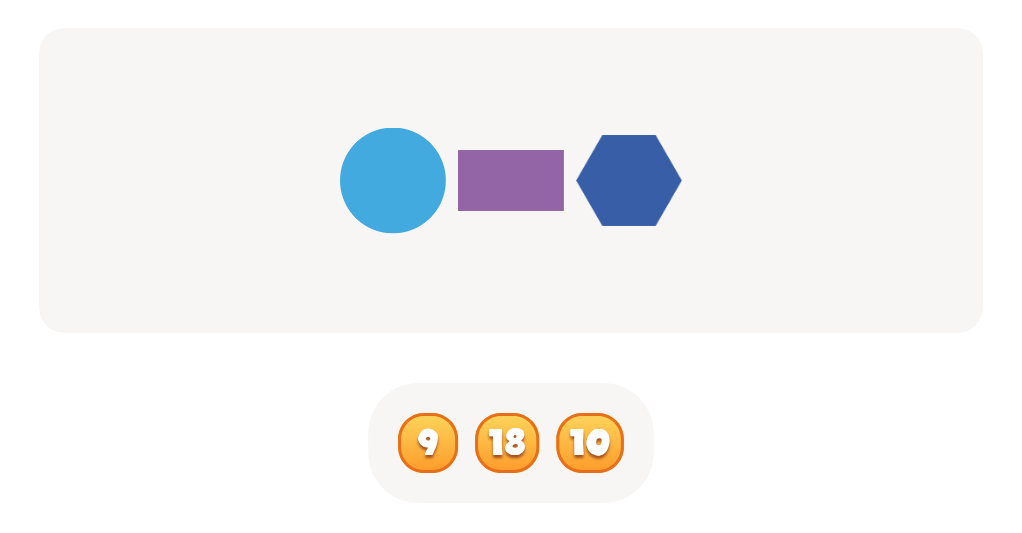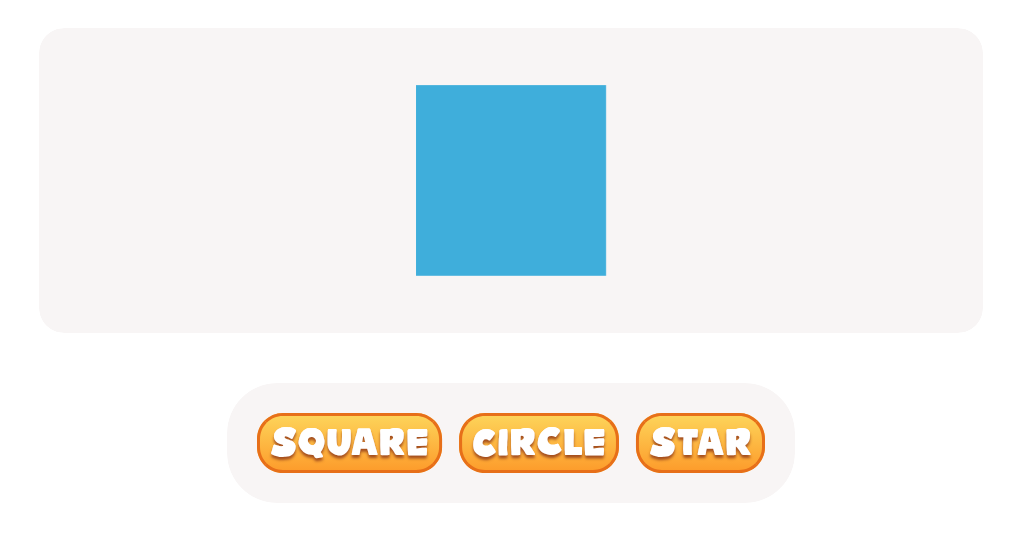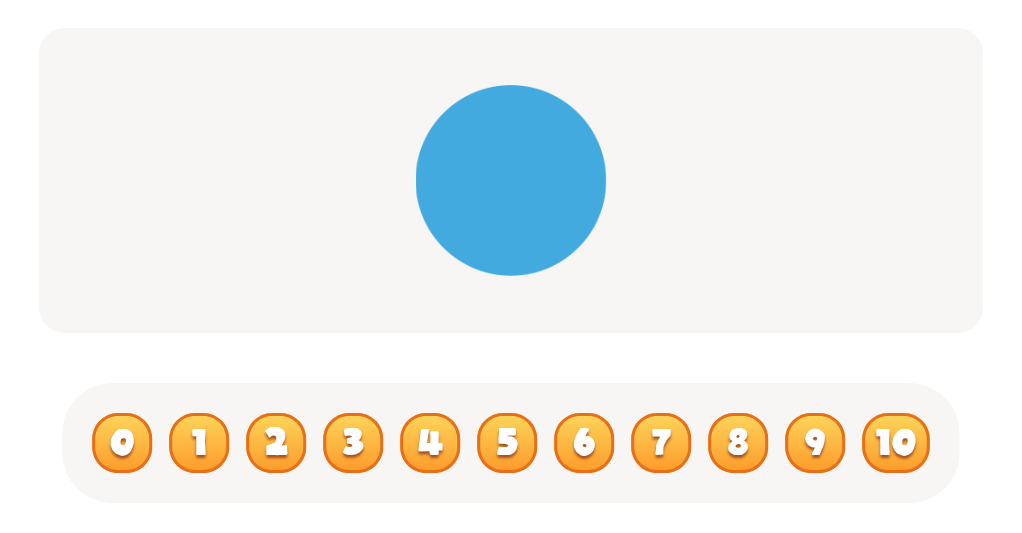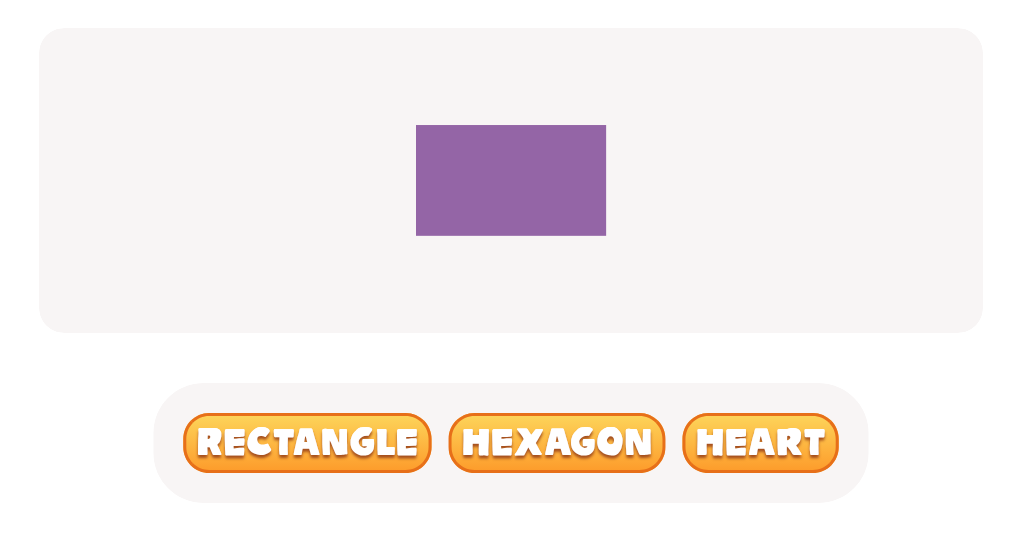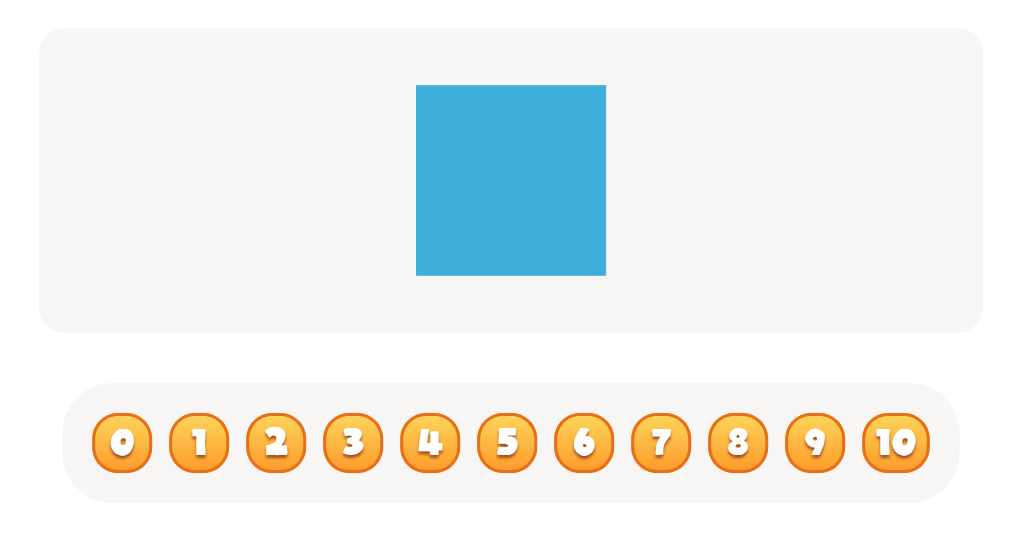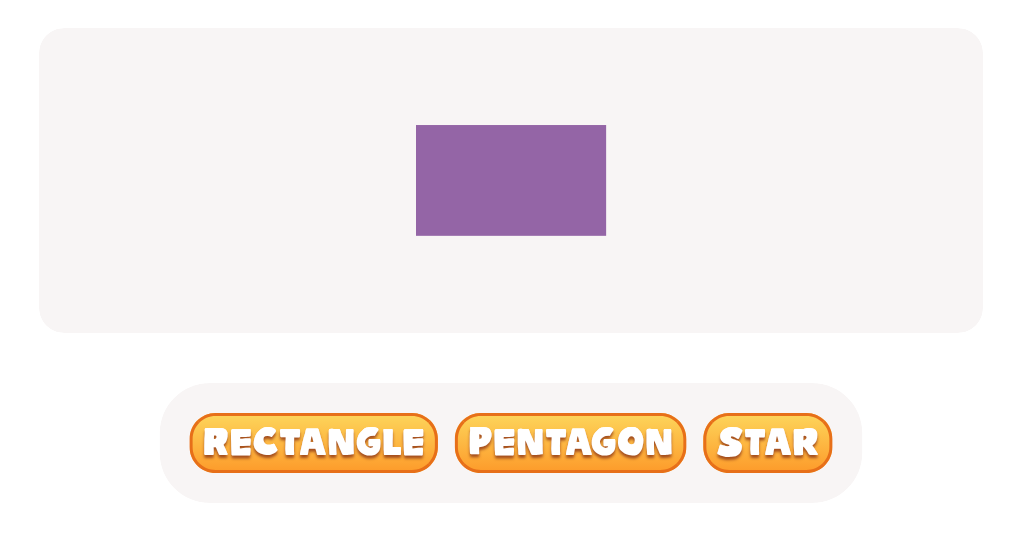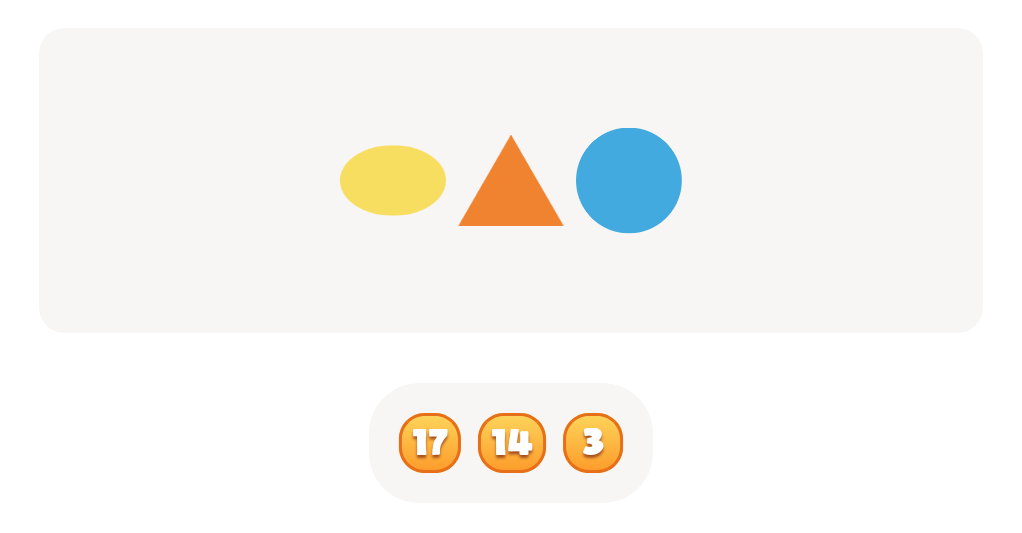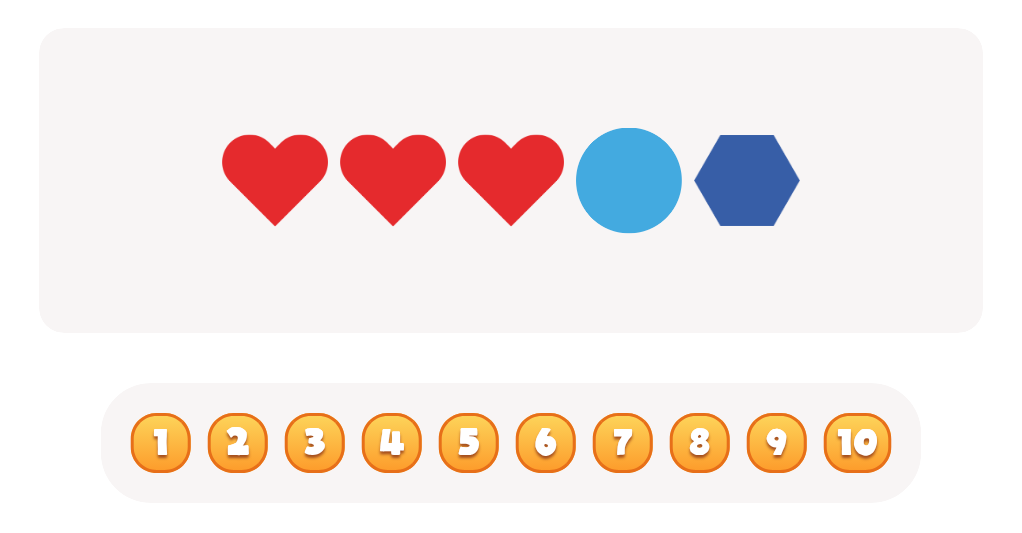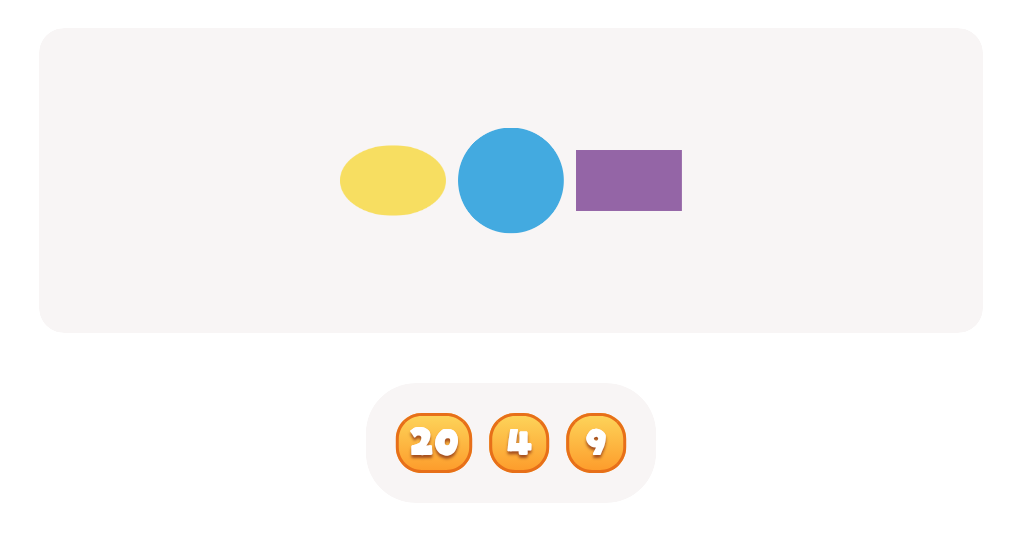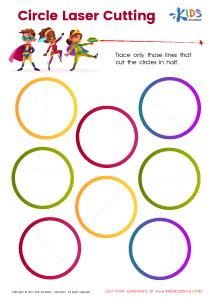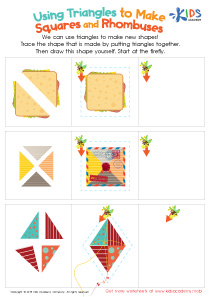Counting skills Normal 2D Shapes Worksheets for Ages 4-8
4 filtered results
-
From - To
Explore our engaging "Counting Skills Normal 2D Shapes Worksheets" designed for children aged 4-8! These worksheets provide a fun and interactive way for young learners to enhance their counting abilities while familiarizing themselves with essential 2D shapes. With vibrant visuals and varied activities, kids will practice counting through hands-on exercises that boost their understanding of shapes such as circles, squares, and triangles. Ideal for classroom or home use, these worksheets support early math skills, encourage critical thinking, and build a solid foundation in geometry. Foster a love for learning while your child develops essential counting skills with our carefully crafted worksheets!
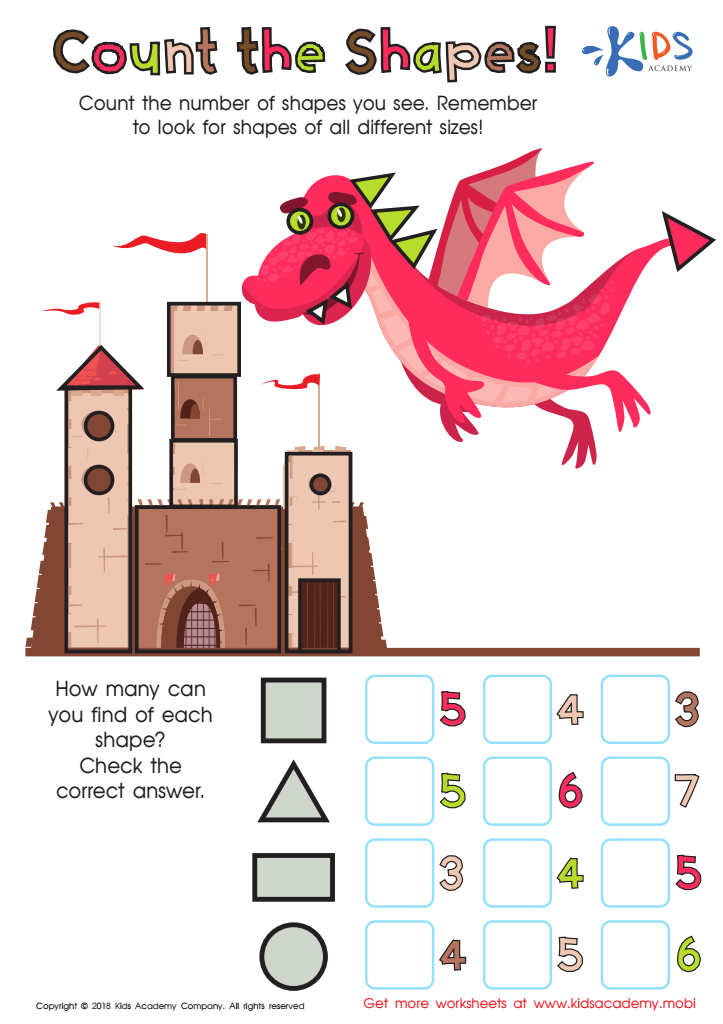

Count the Shapes Worksheet


Using Squares to Make Rectangles Worksheet
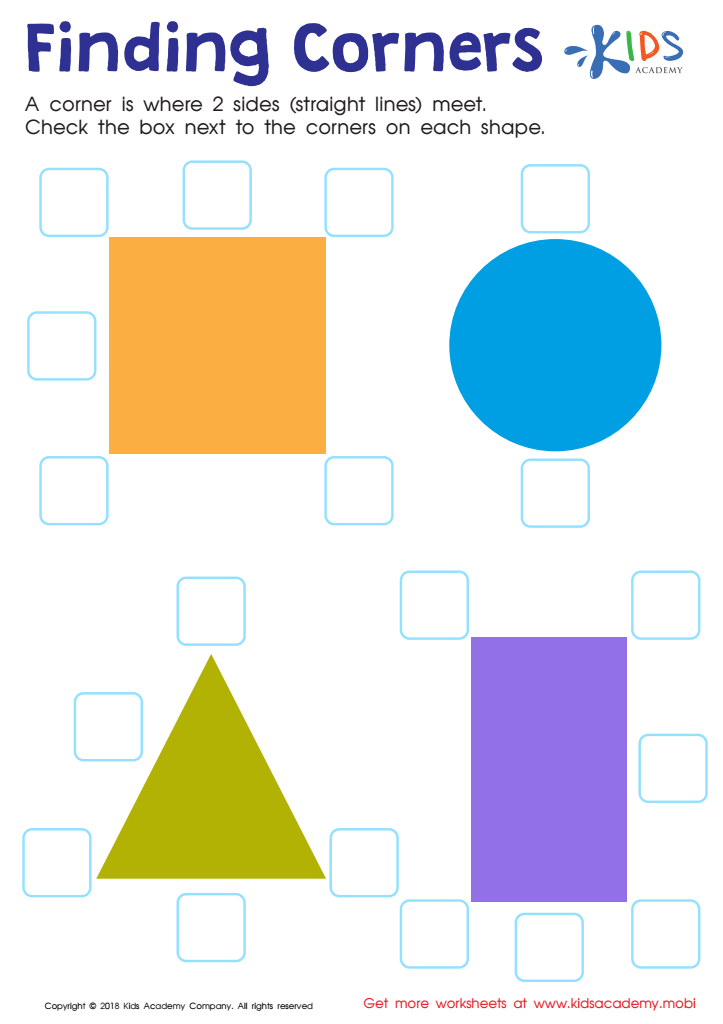

Finding Corners Worksheet


Gingerbread Man Geometry Maze Worksheet
Counting skills and recognition of 2D shapes are foundational abilities that significantly impact children’s cognitive development. For ages 4-8, these skills are critical not just for math proficiency, but also for overall problem-solving and critical thinking. Understanding and counting shapes helps children grasp basic math concepts, such as addition and subtraction, laying the groundwork for more advanced mathematical learning.
Moreover, familiarity with 2D shapes enhances spatial awareness, enabling kids to visualize and manipulate objects in their environment. This skill is essential in various contexts, from geometry and art to everyday activities like reading maps or building structures.
Engaging with shapes and counting can be turned into fun, interactive activities that strengthen parent-child or teacher-student bonds. When parents and teachers prioritize these skills, they foster a positive learning environment, encouraging children to explore and discover.
Additionally, mastering counting and shapes supports learning in multiple subjects, including science and literacy, by helping kids categorize and describe their world. Ultimately, a strong foundation in these areas equips children with essential tools for academic success and everyday functioning, reinforcing why parents and teachers should take an active role in nurturing these competencies during early learning years.
 Assign to My Students
Assign to My Students
